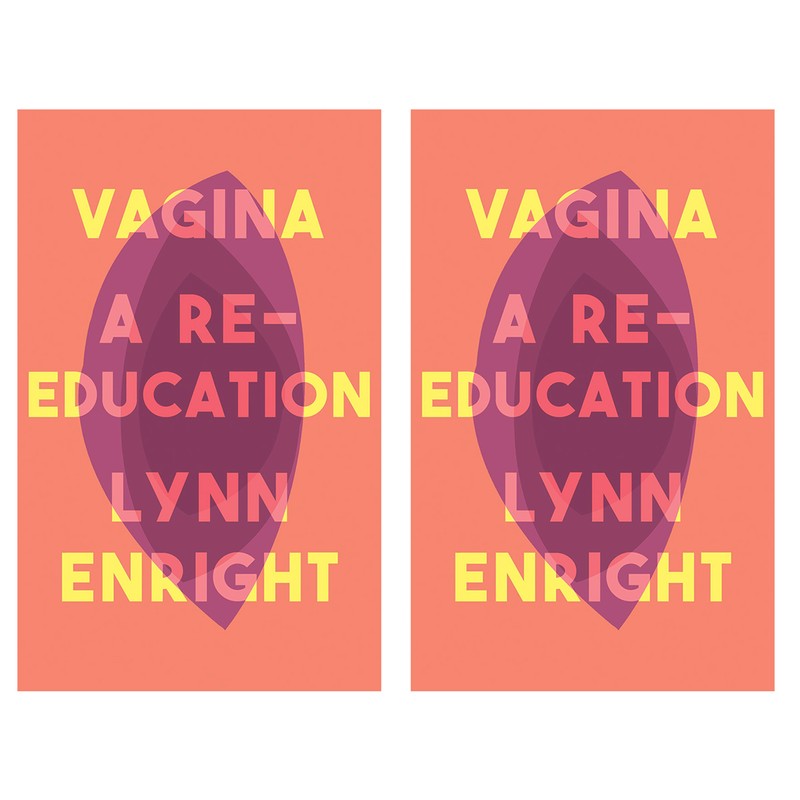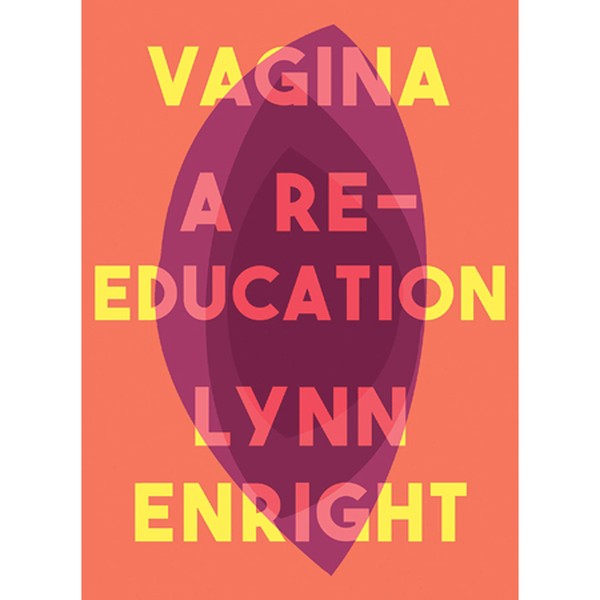Book Review: Vagina: A Re-Education by Lynn Enright
Everyone’s talking about this book, but what’s it about?
Vagina: A Re-Education provides girls and women with vital information they need about their own bodies – about the vagina, the hymen, the clitoris; about conditions like vulvodynia, endometriosis (did you know that it takes, on average, seven-eight years for a woman to get a correct diagnosis?) and vaginismus. It confronts taboos, such as the ‘elusive’ female orgasm, miscarriage, infertility, abortion and masturbation. And it tackles current social issues like period poverty, female genital mutilation and the rights of transgender women with an authoritative, yet extremely readable tone that’s not dissimilar to that of your friends down the pub.
It’s through Enright’s moving first-person accounts that we’re presented with well-researched and eye-opening facts and stats. Right up front, we’re confronted with a 2016 study, where 60% of women could not correctly identify the vulva – that’s the clitoris, mons pubis, urethra and vaginal openings plus the inner and outer labia – in an anatomical diagram. As Enright puts it: ‘Plenty of us can’t even bring ourselves to say ‘vulva’. After we grow out of words like ‘front bottom’, we continue to incorrectly name the vulva, calling it the vagina instead. The word vagina is considered embarrassing and shameful: the word vulva is just absent.’
The chapter continues with individual sections on the vulva, vagina, clitoris, pelvic floor muscles, uterus, the Skene’s and Bartholin’s glands (if you’re wondering what on earth they are, take this as another sign you need to buy the book), labia and cervix, complete with anatomically correct diagrams (as Enright notes, the ones in school textbooks are often incomplete, at the expense of female pleasure). Armed with this very personal education, it’s time to re-instruct yourself about your own body, via chapters that probe mis-prescribed contraception, the anguish of infertility and many truths about childbirth that are often shielded from those who are yet to endure it.
Are there any surprising revelations?
In her chapter ‘The Clitoris’, there’s a powerful segment on female genital mutilation (FGM), where it lists the four distinct types of FGM. Type 1 is known as a clitoridectomy, where some or all of the visible nub of the clitoris is removed. Type 2 is an excision, where parts of the clitoris and inner labia are removed. Type 3 is known as infibulation and involves the vaginal opening being narrowed and a seal is created by cutting the labia. Type 4 refers to any other harmful procedures, such as piercing, cutting, scraping or burning the vulva.
If this makes for painful reading, prepare yourself for the rest of the section, which details the horrific procedures which two hundred million women suffer from worldwide every day. We learn that in Somalia, 98% of women have had FGM. Enright also explores how the process was used in Victorian Britain as a cure for female masturbation, ‘hysteria’, mental illness and those with ‘a distaste for marital intercourse’. Much of this book shocks and surprises, but it’s this particular section that lingers long after you close the book.
Will you enjoy the read?
Resplendent with an abstract image of a vulva and the word ‘vagina’ prominently placed on the front cover, I certainly enjoyed reading it proudly on public transport. And no matter how old you are or how well you think you know your own body, we can guarantee you’ll learn plenty in this smartly written debut.
Naturally, there’s a decent dose of feminism that comes with a book like this. The chapter on ‘Appearances’ offers plenty of grist for the mill when it comes to the patriarchal policing of female bodies. A section on labiaplasty – particularly the focus on one doctor who claims to have created the ‘Barbie’, where the inner labia is completely removed to create a ‘clamshell’-like vulva – is shocking, but unfortunately not surprising. There is one thing to take away from this gloomy chapter, and that’s that knowledge is power: learning everything about your body is a deeply feminist act in itself.
Among expert interviews, first-person narratives and meticulous research are Enright’s own bold accounts – the arousal she felt the first time she looked at her vulva in the mirror ages 12, her Catholic version of sex education, the pain she felt when her younger sister had her first period, the misdiagnosis of vaginal bleeding at the hands of a male doctor, the fact she’s had an abortion. It’s all laid bare in these 210 deft, informative pages. At a time when cervical cancer screenings are at a 20-year low and labiaplasty is the fastest-growing type of plastic surgery in the world, Vagina: A Re-Education couldn’t have hit bookshelves at a more essential time.

SL chats to Lynn Enright
What inspired you to write it?
I wanted to look at how the basic things – not knowing about our own bodies, not having the correct terms – are connected to much bigger, more complicated questions like issues of consent and reproductive rights and the ending of FGM. I also wanted to address the taboos that still exist around female health: infertility, pain during sex, abortion. These are common but rarely spoken about topics, I wanted to bring those out into the open.
What was the most surprising thing you learned while researching the book?
I was embarrassingly ignorant about the extent of the clitoris, the fact that it extends inside the body was news to me. And I mean, I think that’s atrocious – why was I never taught that? Why do we know so little about the facts our own anatomy?
How do you think the internet has changed the way children learn about sex education?
Well, the cat is out of the bag when it comes to online porn. Kids and teenagers can watch porn and adults must face up to that new reality, educating them about healthy bodies and sex before they see a potentially distorted version in porn.
Do you feel hopeful about the new compulsory relationship & sex education (RSE) curriculum coming into force next year?
I do feel hopeful, I think it’s an important step, but I don’t think that it goes far enough and I am worried about how teachers will be supported via funding. Also, I think that parents shouldn’t be able to opt their kids out of RSE – and I think that allowing them to do so is a mistake that will have serious consequences. Similarly, I think that politicians must be brave and principled when it comes to RSE and commit to educating children and teenagers about LGBTQ+ issues even when they face parents who resist it.
How do we reclaim the importance of the word ‘vulva’ – and make sure people use it correctly?
I think we must start using it and start teaching it. Parents often wonder what to call their kids’ genitals – well, let’s call a vulva a vulva. Let’s begin there.
Any tips for anyone still feeling a bit bewildered by their vulva, even in adulthood?
It’s very basic but looking at your vulva with a mirror does help. And, shameless plug, but I think my book can help women and trans and non-binary people, too, young and older, to get to know their vulvas.
Vagina: A Re-Education is out now. Visit Amazon.co.uk
DISCLAIMER: We endeavour to always credit the correct original source of every image we use. If you think a credit may be incorrect, please contact us at info@sheerluxe.com.



